【ベストコレクション】 earth's layers model 175721
Have students form the inner core using the red clay (The ball of clay representing the inner core should have a The second layer of the model is the outer core Use the orange clay to add ~2 cm layer over the red ball of clay (their The third and final model layer is the mantle Use theLayers Of Earth 1 Crust Earth's crust is what we walk on every day It is the thin (relatively) outermost layer that wraps around the 2 Mantle Just below the crust lies the mantle The mantle is semiliquid, sort of like a malleable plastic and makes 3 Outer Core The outer core liesThe Four Layers The Earth is composed of four different layers The crust is the layer that you live on, and it is the most widely studied and understood The mantle is much hotter and has the ability to flow The outer core and inner core are even hotter with pressures so great you would be squeezed into a ball smaller than a

Unit 09 Earth S Layers Seguin 6th Grade Science
Earth's layers model
Earth's layers model-You can use a number of different materials to build a model of the earth One of the easiest is modeling clay Use different colors of modeling clay to create a halfsphere of the earth This will allow you to see inside and look at the layersEarth is the third planet from the Sun and the only astronomical object known to harbor lifeAbout 29% of Earth's surface is land consisting of continents and islandsThe remaining 71% is covered with water, mostly by oceans but also by lakes, rivers, and other fresh water, which together constitute the hydrosphereMuch of Earth's polar regions are covered in ice



Earth S Layer Project Youtube Earth Layers Project Earth Layers Earth Projects
You might also be interested in my Layers of the Earth Flip BookThis resource is also available in my moneysaving Layers of the Earth and States of Matter Pair Pack !*************Making a threedimensional model of the Earth's interior is a creative and educational way for kids to learn about the Earth we live on The layers that make up the Earth include the crust, outerObjective Construct a 3D model of the interior of the Earth to help visualize the main spherical* layers or regions inner core, outer core, mantle and crust This project reinforces the concepts included in the Earth's Interior Structure activity** by utilizing a 3dimensional model to enhance visualization and illustration of the relative volumes of Earth's layers
The new layer, confirmed by the researchers to be different from the inner core, represents a new "central inner core"for lack of a better term The team collected a huge amount of data on seismic events over decades, and then tested it on models of the Earth's interiorIt's made of liquid iron and nickel At the center of Earth is the inner core It's a solid center made of iron and nickel metalsThe new layer, confirmed by the researchers to be different from the inner core, represents a new "central inner core"for lack of a better term The team collected a huge amount of data on seismic events over decades, and then tested it on models of the Earth's interior
MODELING EARTH'S ATMOSPHERIC LAYERS OBJECTIVE Students will make a model of Earth's atmospheric layers;"Traditionally we've been taught the Earth has four main layers the crust, the mantle, the outer core and the inner core," Joanne Stephenson, lead author of the work, said in a statementEarth's mantle (the zone between the thin crust and the heavy core) has hard and soft zones The crust and outermost mantle are so cold they form the solid lithosphere But the higher temperature just below that results in a somewhat softer layer, the asthenosphere Still deeper in the mantle it's even hotter, but pressure is so great that the lower mantle is a hard solid



Making Earth Layers With Children Modeling Clay Science Educational For Kids Youtube
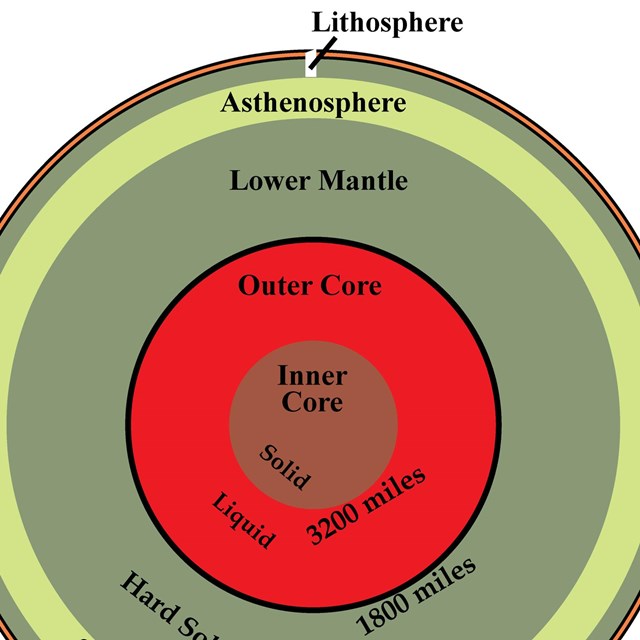


Inner Earth Model Geology U S National Park Service
Earth's interior is broadly grouped into three main layers on the basis of chemical composition crust, mantle, and core An egg analogy is used to show relative thicknesses, and a Big Hunk analogy illustrates how a material of a single composition can be either brittle or ductile depending on temperatureHere is a user submitted 6th grade science project created to show a 3D model of the layers of the earth To create, the user Outlined project and gathered materials Used Testors Razor Saw to cut away quarter of the foam ball Wiped off foam surfaces to prepare them for paintIn the early part of the th century, geologists studied the vibrations (seismic waves) generated by earthquakes to learn more about the structure of the earth's interior They discovered that it is made up of these distinct layers the crust, the mantle, and the core


3d Model Of The Earth S Layers Me 3d Modeling 19 Art


Structure Of The Earth
Scale Model layer thickness in mm=thickness of earth's layer in km/70 Crust 32km Mantle 2900km outer core 2250km and inner core 1300km divide each by 70 Then use a mechanical compass or pencil attached to a string and a metric ruler draw a circle to represent the sphere for each of the interior and exterior layers of the earthThese waves show that the Earth is made from five layers the inner and outer core, the lower and upper mantle, and the crust Check out our magazine!Bring the deep layers of our world to light with this unique 5" foam model The outside surface illustrates both continents and oceans with raised features Once separated, students discover facts of planet Earth's core Each brightly colored hemisphere shows its layers, temperatures and depths



3d Model Of Earths Layers Earth Layers Project Earth Projects Earth Layers



Relentlessly Fun Deceptively Educational Earth S Layers Diy 3 D Diagram
Below the crust is Earth's biggest layer, the mantle It's a hot soup of molten rock The mantle goes 1,800 miles (2,900 km) deep Below the mantle is the outer core;The Earth is composed of four different layers Many geologists believe that as the Earth cooled the heavier, denser materials sank to the center and the lighter materials rose to the top Because of this, the crust is made of the lightest materials (rock basalts and granites) and the core consists of heavy metals (nickel and iron)The outer core is the only liquid layer of the earth – a sea of mostly iron and nickel It is roughly 1,800 to 3,0 miles (2,0 to 5,150 km) below the surface and about 1,400 miles (2,300 km) thick Inner Core Inner core An extremely hot, solid sphere of mostly iron and nickel at the center of the earth


Earth Layers Model Science Project For Exhibition Fair Diy School Project Working And Non Working Models For Science Exhibitions Or Science Fair



Layers Of The Earth Clay Model Homemade Clay School Earth Earth Layers Project Earth Projects Earth Layers
National Geographic Kids is an exciting monthly read for planetpassionate boys and girls, aged 613!Step 1 Use a hardboiled egg to demonstrate the structure of Earth Tell students that Earth has layers inside it, just like an egg does Step 2 Carefully tap along the equator of the egg to crack the shell Explain that the eggshell is like the rocky crust of EarthThe internal structure of Earth, structure of the solid Earth, or simply structure of Earth refers to concentric spherical layers subdividing the solid Earth, ie, excluding Earth's atmosphere and hydrosphere It consists of an outer silicate solid crust, a highly viscous asthenosphere and solid mantle, a liquid outer core whose flow generates the Earth's magnetic field, and a solid inner core Scientific understanding of the internal structure of Earth is based on observations of topography an



How To Make A 3d Model Of The Earth Layers Page 1 Line 17qq Com



At Home For Earth Day Model The Earth S Layers Mcauliffe Shepard Discovery Center
The new layer, confirmed by the researchers to be different from the inner core, represents a new "central inner core"for lack of a better term The team collected a huge amount of data on seismic events over decades, and then tested it on models of the Earth's interiorLabel the boundaries and layers of the Earth and (optionally) color the various layers representing spherical shells Suggested coloring of slices to enhance visibility and imply relative temperature in the Earth's interior is inner core white, outer core yellow, mantle (below the lithosphere) orange, upper mantle red, lithosphere brown"Traditionally we've been taught the Earth has four main layers the crust, the mantle, the outer core and the inner core," Joanne Stephenson, lead author of the work, said in a statement
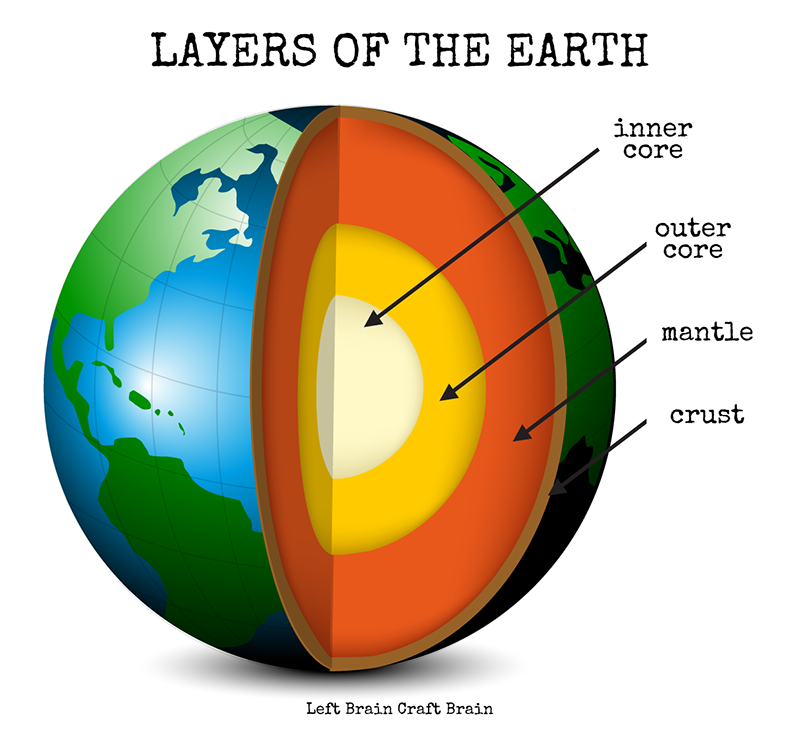


Layers Of The Earth Pudding Cups Left Brain Craft Brain



Relentlessly Fun Deceptively Educational Earth S Layers Diy 3 D Diagram
Generally speaking, Earth has 4 layers The outer crust that we live on The plasticlike mantle The liquid outer core The solid inner coreThe fifth graders of Batari School made 3D Earth's Layers Model for their Science class project This is a compilation of their worksEnjoy!Find out more abA Scale Model of Earth's Atmosphere Background GRACE is the name of a pair of satellites that will measure the gravity field of Earth GRACE stands for Gravity Recovery and Climate Experiment GRACE will help study problems in geophysics, oceanography and atmospheric science Objective To compare the layers of the Earth's atmosphere to the
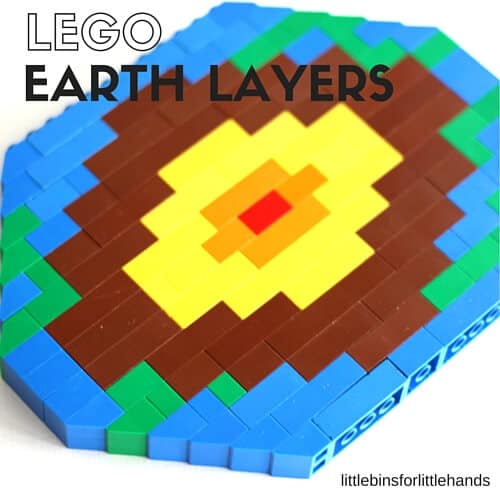


Layers Of The Earth Activity Little Bins For Little Hands



Earth Layers Model Stock Photos Freeimages Com
Earth's atmosphere has a series of layers, each with its own specific traits Moving upward from ground level, these layers are named the troposphere, stratosphere, mesosphere, thermosphere and exosphere The exosphere gradually fades away into the realm of interplanetary spaceInterpret which objects operate in which layers of the atmosphere infer conclusions about why the objects operate where they do in the atmospheric layersJoin us on our journey to the centre of the Earth!



Ixl Label Earth Layers 8th Grade Science



Layers Of The Earth Diy Foam Model
Foam model illustrates the different parts of Earth Introduce kids to Earth science Outside surface shows oceans and continents Hemispheres separate to show the 4 main layers of Earth (crust, mantel, outer core, inner core) and temperaturesThe structure of Earth can be defined in two ways by mechanical properties such as rheology, or chemically Mechanically, it can be divided into lithosphere, asthenosphere, mesospheric mantle, outer core, and the inner core Chemically, Earth can be divided into the crust, upper mantle, lower mantle, outer core, and inner coreLayers of the Earth Moving Wheel Model This is a template for a working spinner wheel model of the Layers of the Earth It's great for interactive notebooks!



Conceptual Model Of The Earth S Layers Activity By Mjs Education Station
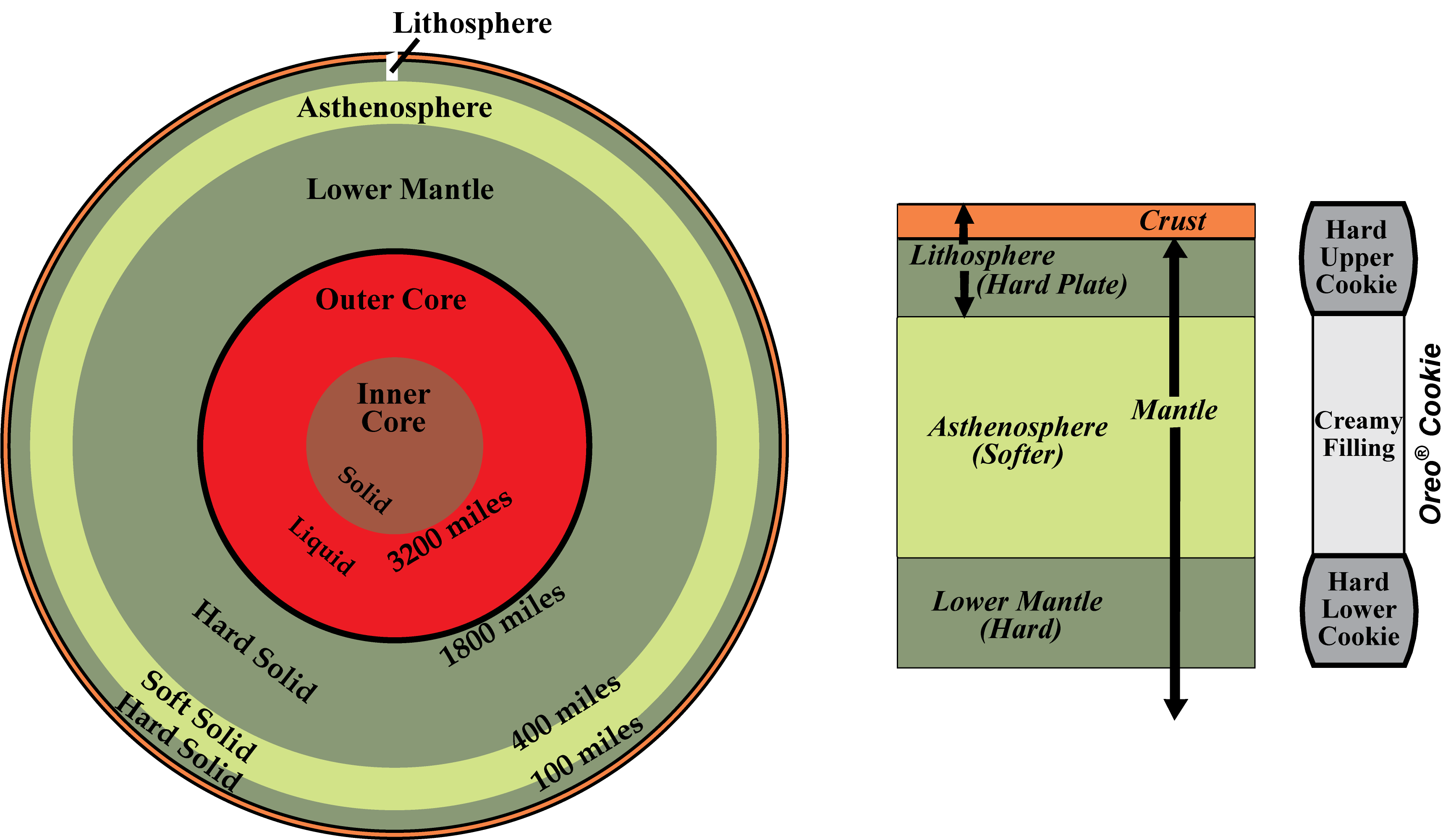


Inner Earth Model Geology U S National Park Service
The fifth graders of Batari School made 3D Earth's Layers Model for their Science class project This is a compilation of their worksEnjoy!Find out more abEarth is the third planet from the Sun and the only astronomical object known to harbor lifeAbout 29% of Earth's surface is land consisting of continents and islandsThe remaining 71% is covered with water, mostly by oceans but also by lakes, rivers, and other fresh water, which together constitute the hydrosphereMuch of Earth's polar regions are covered in iceDifferent Layers of the Earth The Inner Core It is the centre and the hottest layer of the Earth The inner core is solid and made up of iron and The Outer Core The outer core of the Earth is similar to a very hot ball of metals, whose temperature is around 4000 oF Mantle Mantle is the
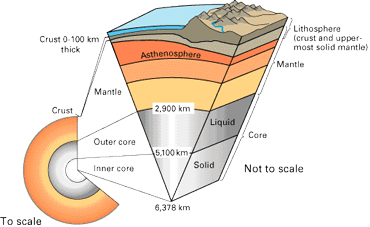


Explainer Earth Layer By Layer Science News For Students



3 Ways To Create A School Project On The Layers Of The Earth
The first layer of the model is the inner core Using any color of playdoh form it into a very small ball Use the ruler to measure the diameter It should be 1 centimeter STEP 2 The second layer of the model is the outer core Use a different color of playdoh for this layer Create a 2 cm ball, flatten it and wrap it around the inner core"Traditionally we've been taught the Earth has four main layers the crust, the mantle, the outer core and the inner core," Joanne Stephenson, lead author of the work, said in a statementThe mantle is the second layer of the earth It is split up into two different parts, the lithosphere (which is the top part) and the asthenosphere (which is the bottom part) The lithosphere is a dense rock made out of iron and nickel, the asthenosphere is a plastic like fluid



Earth Layers Notes


Earth S Layers Project Northpoint Christian School
Layers of Earth's Atmosphere Troposphere The troposphere is the lowest layer of our atmosphere Starting at ground level, it extends upward to about Stratosphere The next layer up is called the stratosphere The stratosphere extends from the top of the troposphere to Mesosphere Above theThe mantle is the second layer of the earth It is split up into two different parts, the lithosphere (which is the top part) and the asthenosphere (which is the bottom part) The lithosphere is a dense rock made out of iron and nickel, the asthenosphere is a plastic like fluidEarth's atmosphere has a series of layers, each with its own specific traits Moving upward from ground level, these layers are named the troposphere , stratosphere , mesosphere , and thermosphere
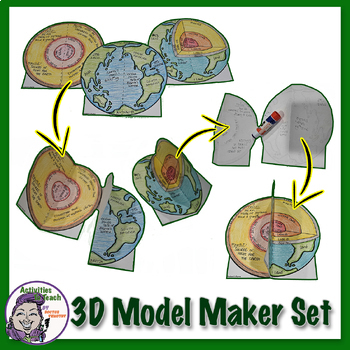


Inside The Earth 3d Earth Structure Model Exploring The Layers Tpt


3
The earth is split into four major layers the crust, the mantle, the outer core and the inner core The crust is what humans live on, and it consists of only one percent of the Earth's mass The centre of the Earth is a solid ball of nickel and iron roughly 70% the size of the moonThis is a very simple model of vertical energy transfer and temperatures in the Earth system, intended to be used for teaching and learning about weather and climate There are two layers of atmosphere and a single layer of surfaceInner earth model geology u s mantle can affect surface dwellers too scientists detect evidence of oceans the earths mantle draw and label the layers of earth 6 Fascinating Facts About The Earth S MantleRecreating The Intense Conditions Of Earth S Mantle Solves A Long Standing Geological Mystery DiscoverThe Thickest Layer Of EarthEarth S Mantle



Unit 09 Earth S Layers Seguin 6th Grade Science



Guide To Creating A 3d Needle Felted Layers Of The Earth Model
Earth is the third planet from the Sun and the only astronomical object known to harbor lifeAbout 29% of Earth's surface is land consisting of continents and islandsThe remaining 71% is covered with water, mostly by oceans but also by lakes, rivers, and other fresh water, which together constitute the hydrosphereMuch of Earth's polar regions are covered in iceNow let's dive into the fun part building a model of the earth's layers!Inner Core The Earth's inner core is a huge metal ball, 2,500km wide Made mainly of iron, the temperature of the ball Outer Core This liquid layer of iron and nickel is 5,150km deep The outer core flows around the centre of the Earth,



Step By Step Model Of Earth S Layers Weird Unsocialized Homeschoolers



File Earth Layers Model Png Wikimedia Commons
Graph where aircraft, satellites, and spacecraft operate;



Step By Step Model Of Earth S Layers Weird Unsocialized Homeschoolers



Earth Layers Stock Photos Earth Layers Stock Photography Earth Layers Stock Images Shutterstock Com Earth Layers Earth Layers Project Earth Projects



Earth S Layers Flashcards Quizlet


3



Layers Of The Earth Diy Foam Model



Model Of Earth S Layer Layers Of Earth Project School Craft Youtube



Layers Of The Earth Craft
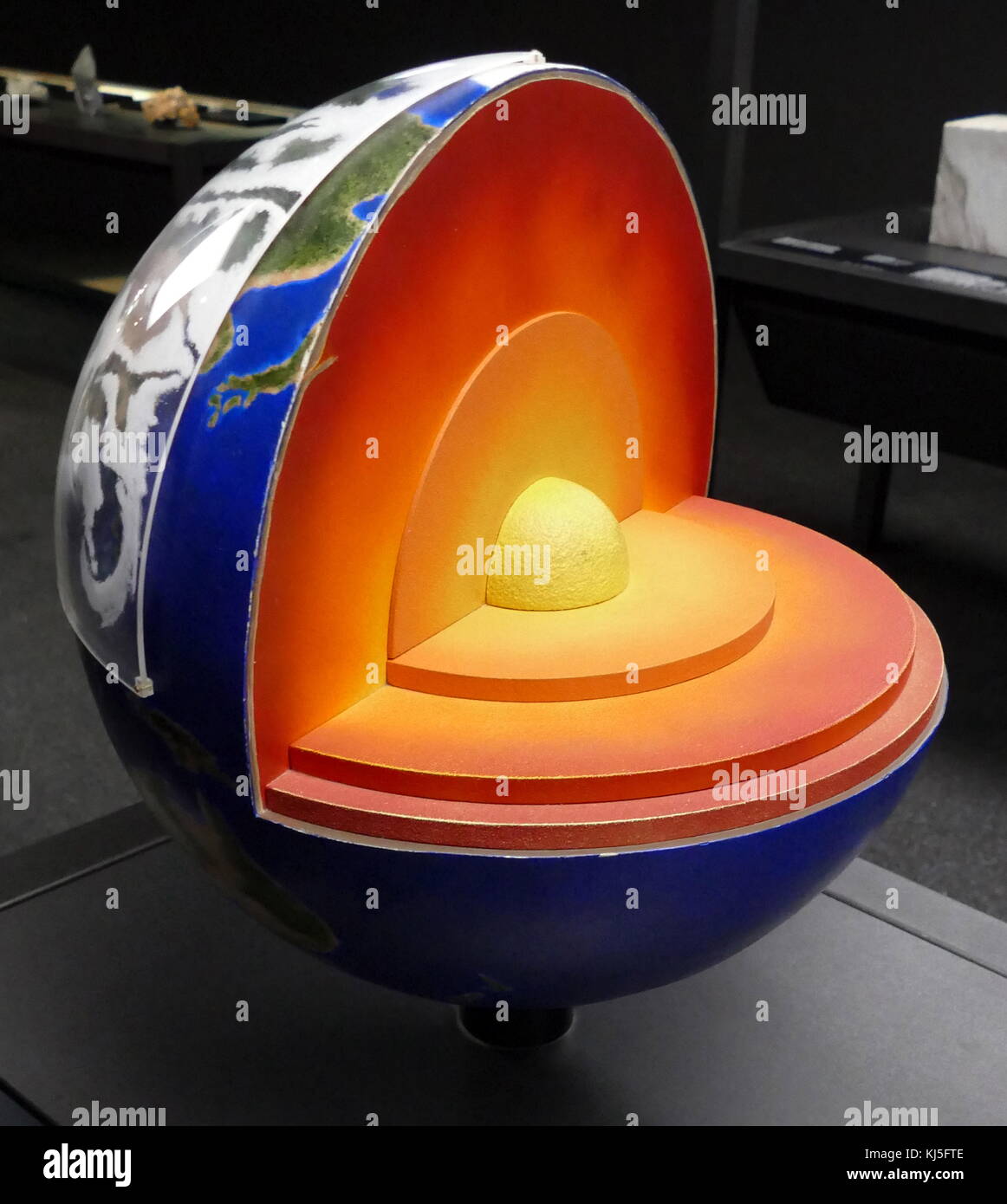


Earth Crust Layers High Resolution Stock Photography And Images Alamy



Grjh 8th Science Earth S Layers Model Story Project Produced Some Amazing Products These Are Just A Few Of Them Actonms Science



Layers Of The Earth Activity Little Bins For Little Hands



How To Make A Model Of Earth S Layers Spice Jar Style Weird Unsocialized Homeschoolers


Earth Layers Project For Kids Grade School Giggles



Ology


Earth S Interior Structure Ms Shon S Spectacular Science



The Woman Who Found The Earth S Inner Core Jstor Daily


The Earth S Layers Lesson 1 Volcano World Oregon State University
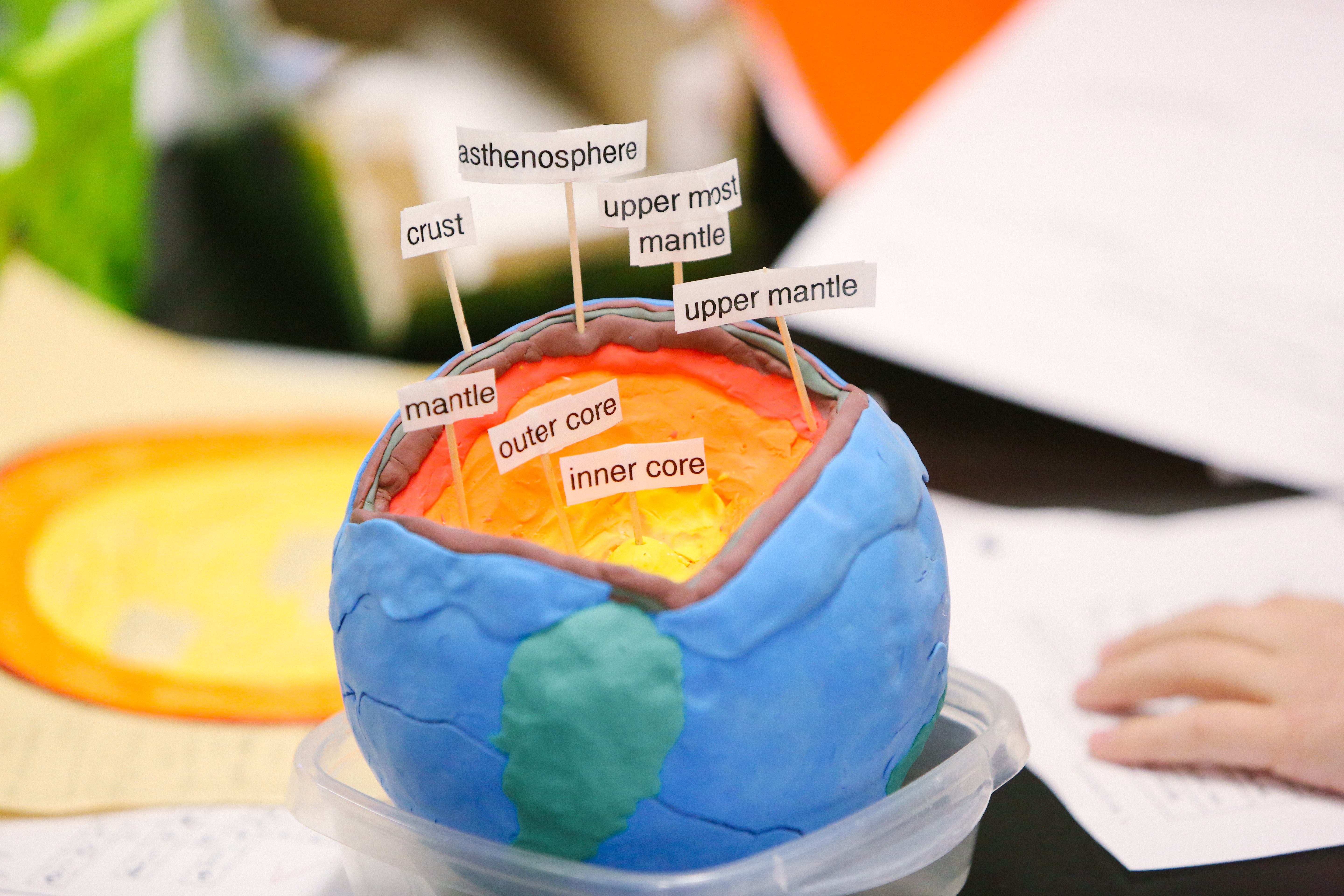


Earth Models In 6th Grade Brook Hill School Tyler Tx



The Three Interior Layers Of The Earth The Crust The Mantle And The Core Britannica


Layers Of The Earth Project Ms A Science Online Www Msascienceonline Weebly Com
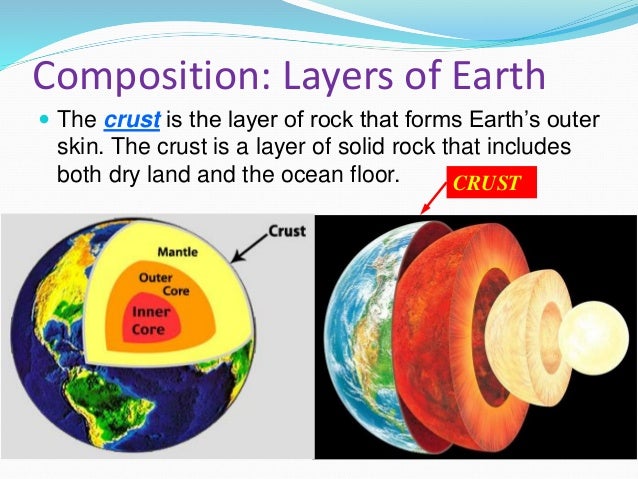


Earth Interior Chemical And Mechanical Models



Layers Of The Earth Section Model To Make



Earth S Layers Stlfinder



Relentlessly Fun Deceptively Educational Earth S Layers Diy 3 D Diagram



Earth S Layers Model With Fireball Candy Center Share My Lesson



Layers Of The Earth Craft


The Earth S Layers Lesson 1 Volcano World Oregon State University
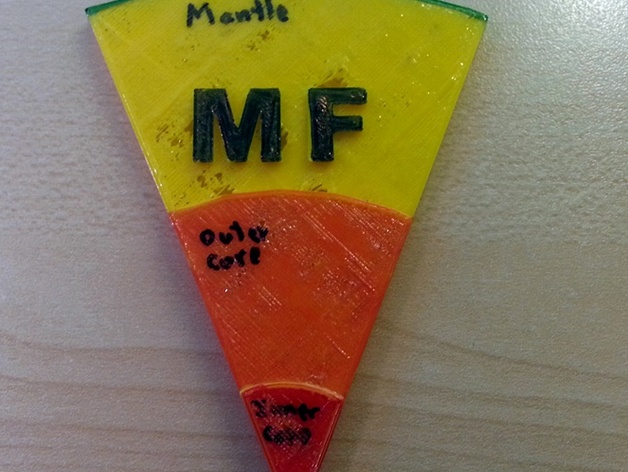


Scale Model Of Earth S Layers By Mfritz Thingiverse



Pin On Projects To Try



Layers Of The Earth Atmosphere Model Half A Hundred Acre Wood



Layers Of The Earth Layers Of Earth Project Layers Of Earth Model Making Exhibition Project Youtube



Build A Model Of The Earth Kids Answers



Earth S Layer Project Youtube Earth Layers Project Earth Layers Earth Projects
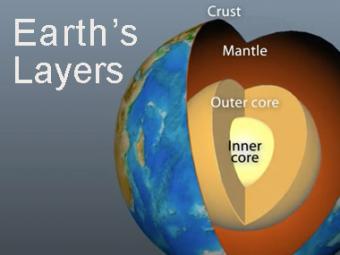


Layers Of The Earth Incorporated Research Institutions For Seismology



Earthquakes Mattermasters



4 Layers Of The Earth Made Easy


Q Tbn And9gcrg7wkq Cct5irdpumjeklvswtc7ktmo1ubaipb9qyk5ey7gyny Usqp Cau



Earth S Layers Model With Fireball Candy Center Share My Lesson


Www Birdvilleschools Net Cms Lib2 Tx Centricity Domain 30 Layers of earth project Pdf



What Are The Earth S Layers



What Are The Layers Of The Earth
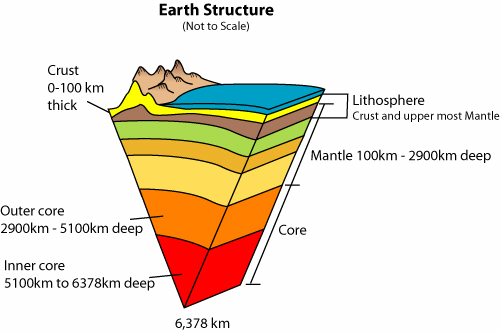


Inside The Earth Science Learning Hub



Models Of Earth S Interior Earth Projects Earth Science Projects Earth Layers



Buy Earth Structural Model Different Layers Of Earth Model Made In India A 3d Printed Product Small Online At Low Prices In India Amazon In



What Are The Layers Of The Earth Science Project Education Com
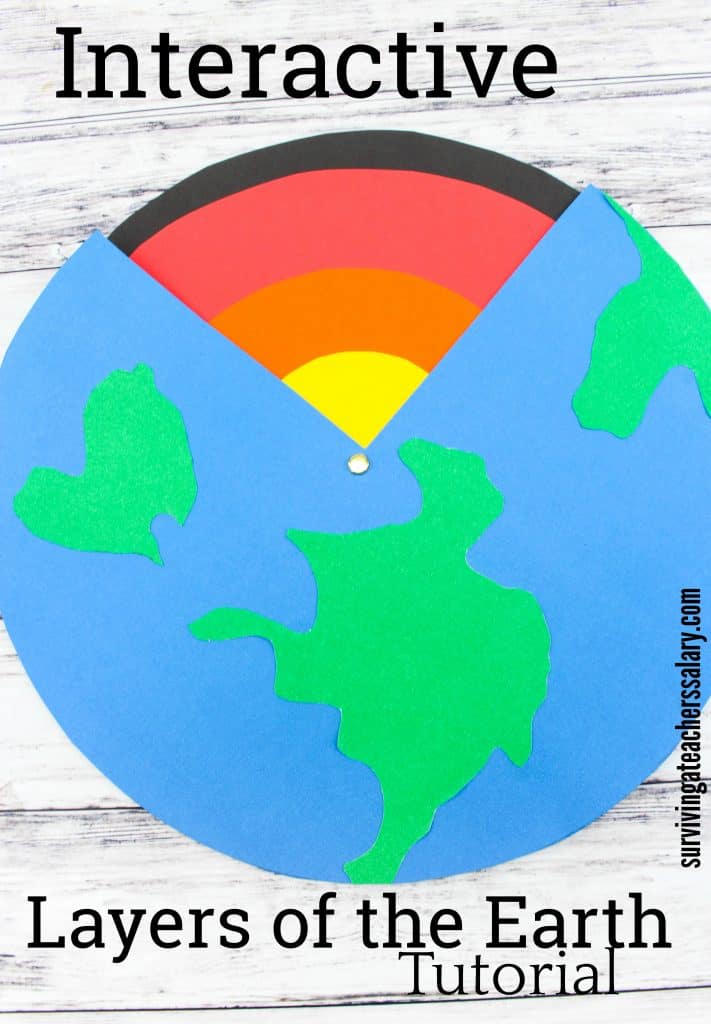


Interactive Earth Science Activity Layers Of The Earth Tutorial


Clay Model Of The Earth S Layers Navigating By Joy



Model Of Layers Of Earth 3d Model School Project Students Science Exhibition Model The4pillars Youtube



3 D Earth Structure Model
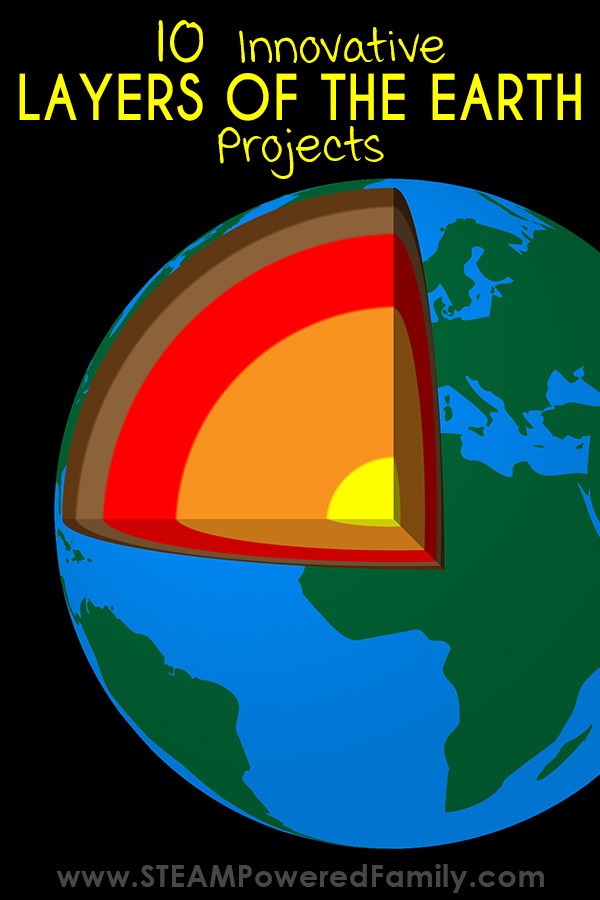


10 Genius Layers Of The Earth Projects For Kids



Earth S Interior National Geographic Society



The Earth S Layer Model Bpg001 In Kondhwa Pune Bep Edu World Id



The Earth S Layers Mrs Temple S Fourth Grade
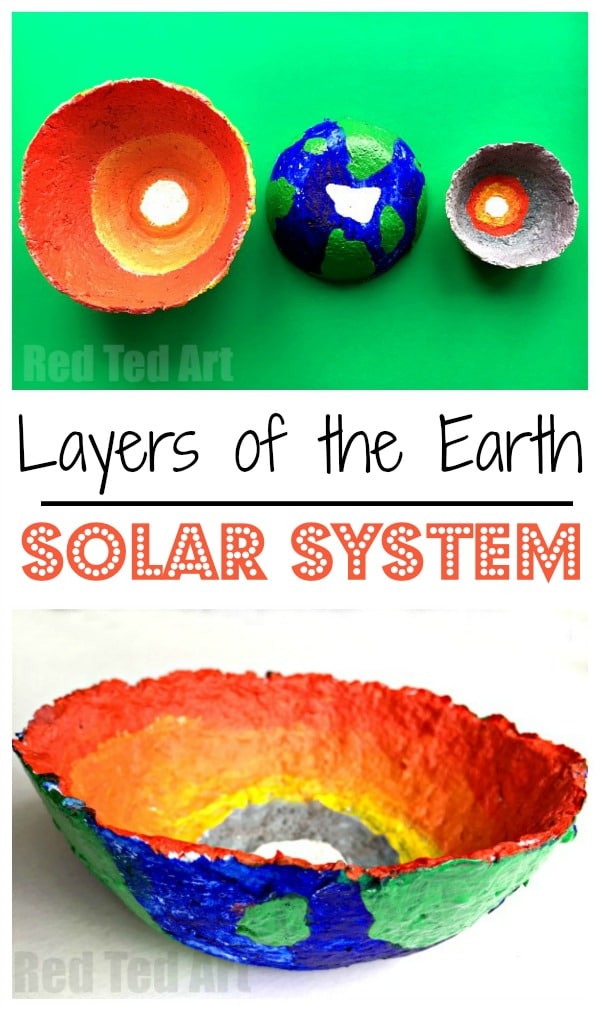


Layers Of The Earth Bowls Science Fair Project Red Ted Art Make Crafting With Kids Easy Fun



Ixl Label Earth Layers 7th Grade Science



Lesson Defining Earth Layers Betterlesson
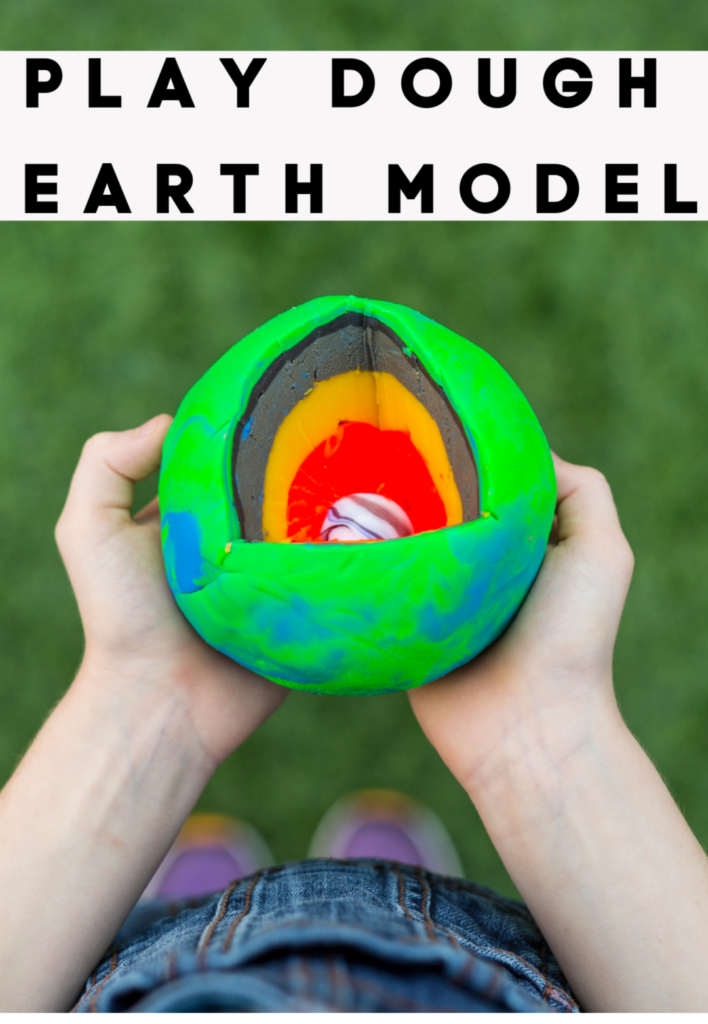


What Is Inside The Earth Science Experiments For Kids
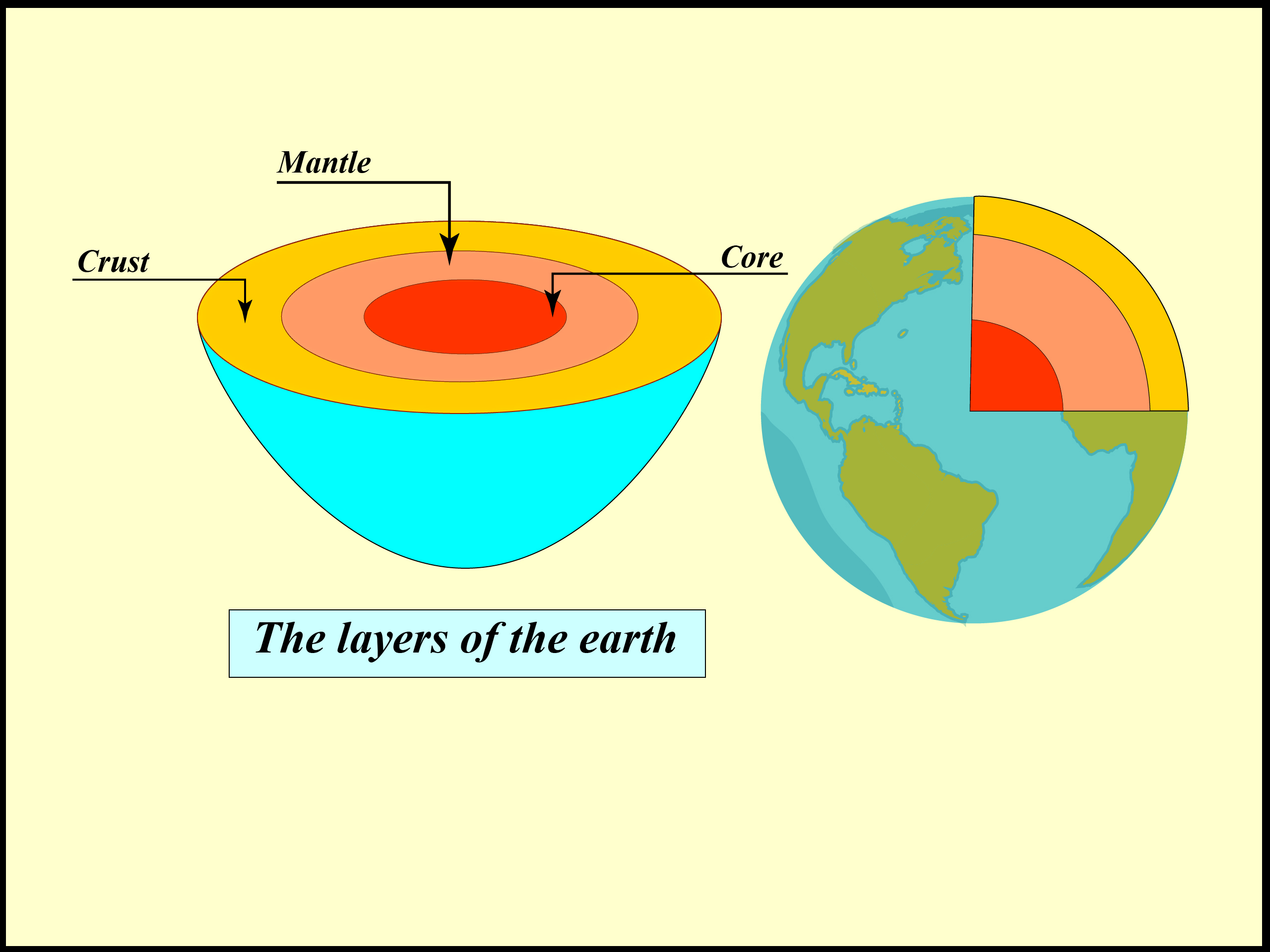


File The Layers Of The Earth Model Jpg Wikimedia Commons
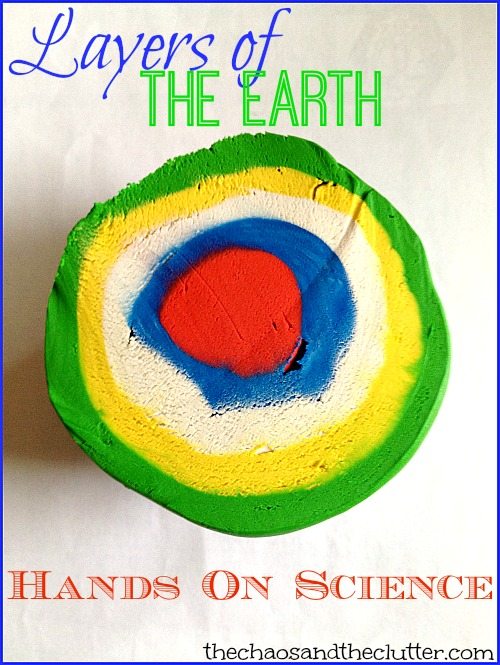


10 Genius Layers Of The Earth Projects For Kids



What Is Earth S Core Made Of Earth Layers Earth Science Projects Earth Layers Project



Layers Of The Earth Hands On Science Activity



Earth Model 3d Model Of The Earth S Layers The4th Dimension Flickr
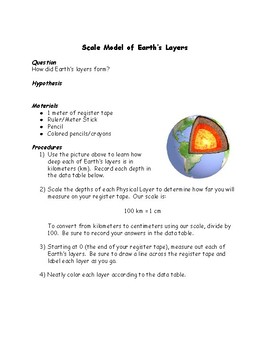


Scale Model Of Earth S Layers Investigation By Danielle Wilczak Tpt


Structure Of Earth Wikipedia



Probing The Origin Of The Mantle S Chemically Distinct Scars Carnegie Institution For Science



Model Structure Earth Earth Layers Stock Vector Royalty Free



How To Make Layers Of The Earth For Kids School Science Experiments
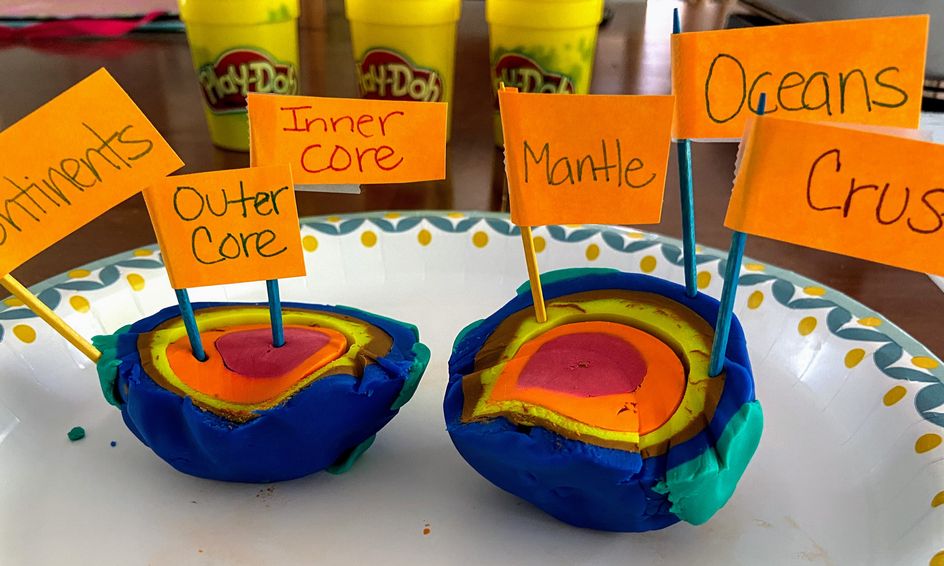


Explore The Earth Build A Model Of Earth S Layers Small Online Class For Ages 7 12 Outschool


Playdoh Planet Make A Model Of The Earth Cool Kid Facts
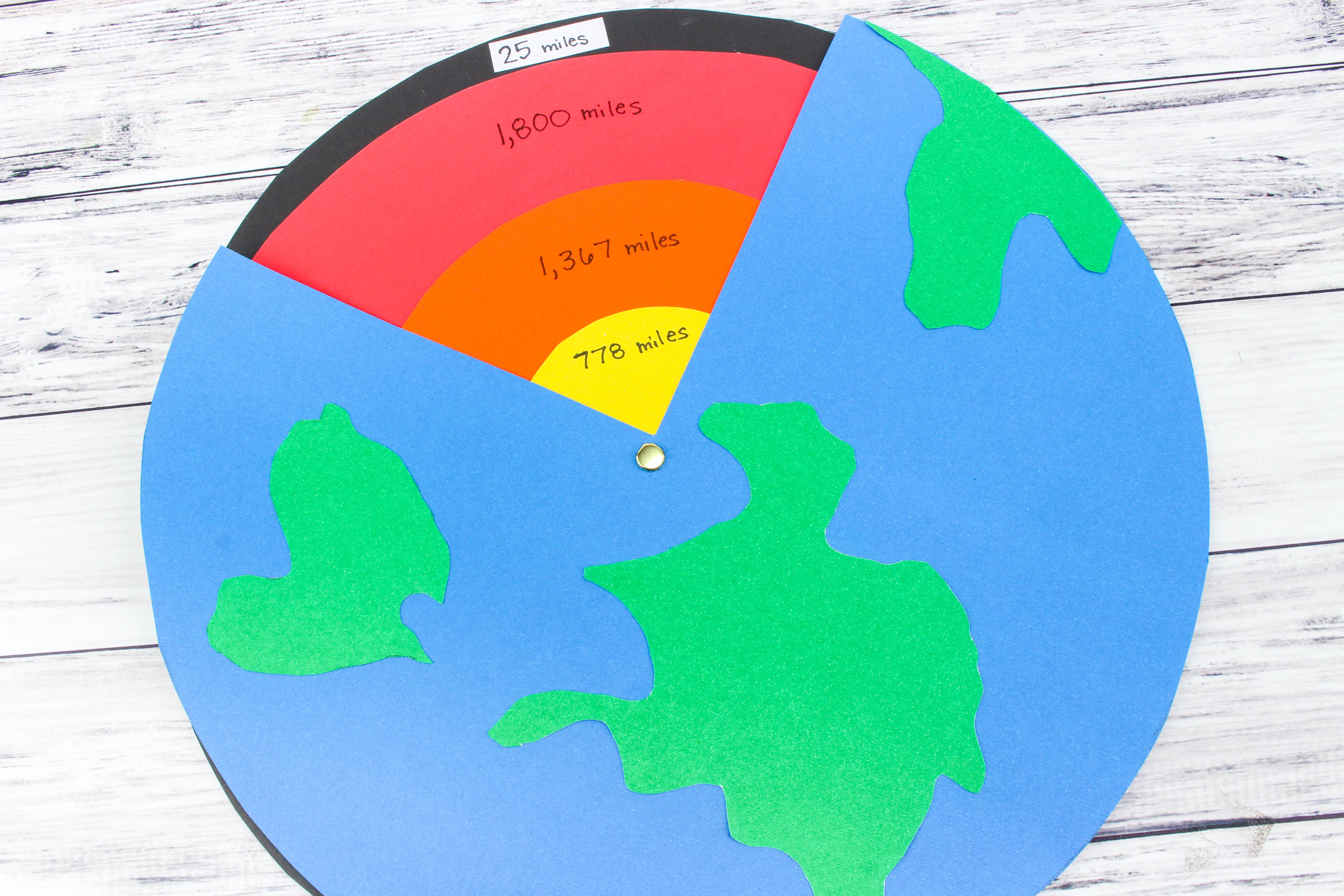


Interactive Earth Science Activity Layers Of The Earth Tutorial



Grjh 8th Science Earth S Layers Model Story Project Produced Some Amazing Products These Are Just A Few Of Them Actonms Science


Scale Model Of The Earth Activity Teachengineering



Scale Model Of The Earth Activity Teachengineering
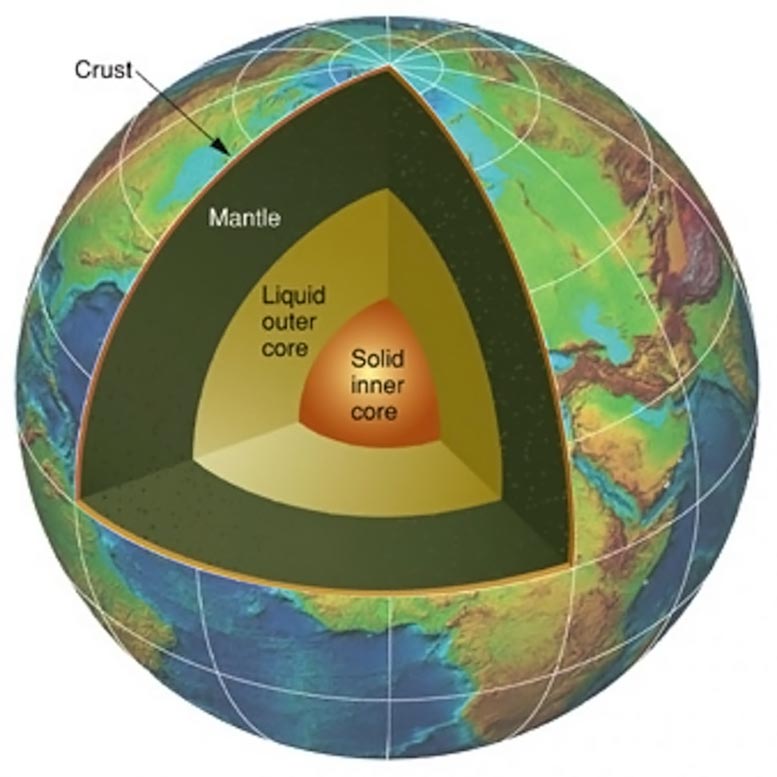


Research Finds Gigantic Masses In Earth S Mantle Untouched For More Than 4 Billion Years


Earth Layers Project For Kids Grade School Giggles
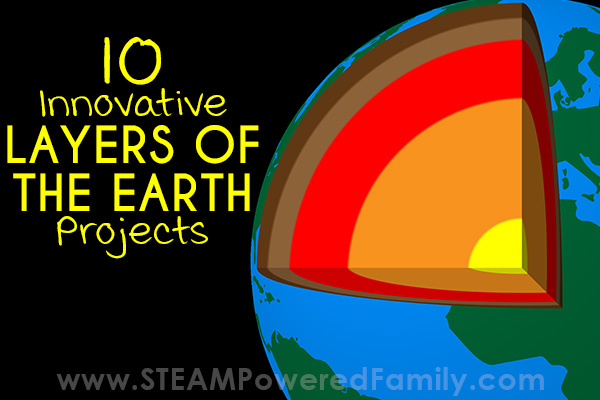


10 Genius Layers Of The Earth Projects For Kids


コメント
コメントを投稿